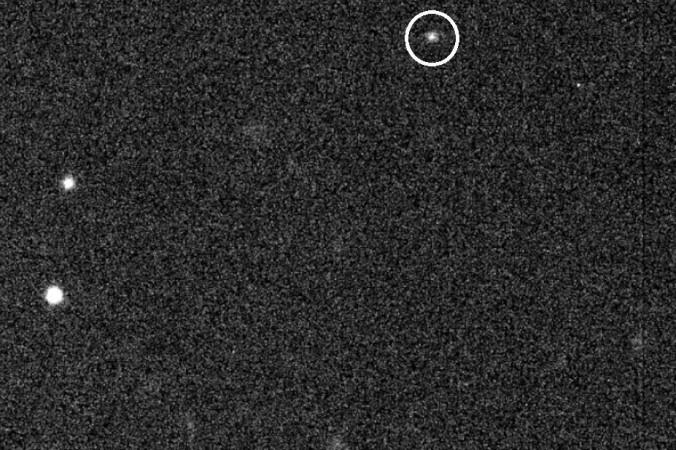Scientists have discovered a never-before-seen asteroid which is now touted to be the space body in the solar system which has the second shortest orbit around the sun, the first one being Mercury. This newly discovered asteroid has been named 2021 PH27, and it takes just 113 days to complete a circuit around the Sun. This space rock has an elliptical orbit which is unstable and it crosses the orbital paths of both Venus and Mercury.
The asteroid will reach a scorching temperature as it approaches the sun
This new asteroid comes extremely close to the sun at its closest approach, and during this time, this space rock will attain a scorching temperature of 900 Fahrenheit. As the space body is located in the inner solar system, it could help scientists understand more about the evolution of our planetary system.

"Most likely 2021 PH27 was dislodged from the Main Asteroid Belt between Jupiter and Mars and the gravity of the inner planets shaped its orbit into its current configuration. Although based on its large angle of inclination of 32 degrees, it is possible that 2021 PH27 is an extinct comet from the outer Solar System that ventured too close to one of the planets as the path of its voyage brought it into proximity with the inner solar system," said Scott Shepherd, an astronomer at the Carnegie Institution for Science.
Asteroid may undergo collision in the future
Researchers who took part in the study believe that the asteroid has a limited life. It means, within a million years, this space rock will be flung from its current trajectory, or it will finally end its life in a collision with one of the two planets or the sun.
This asteroid was imaged by astronomers Dell'Antonio and Shenming Fu of Brown University using the National Science Foundation's Blanco 4-meter telescope in Chile. The astronomer duo spotted the asteroid just after the sunset. During their research, they also sought the help of David Tholen of the University of Hawaii to calculate the asteroid's orbit.
"Because the object was already in the Sun's glare and moving more toward it, it was imperative that we determine the object's orbit before it was lost behind our central star. I surmised that for an asteroid this size to remain hidden for so long, it must have an orbit that keeps it so near to the Sun that it is difficult to detect from Earth's position," said Tholen.








